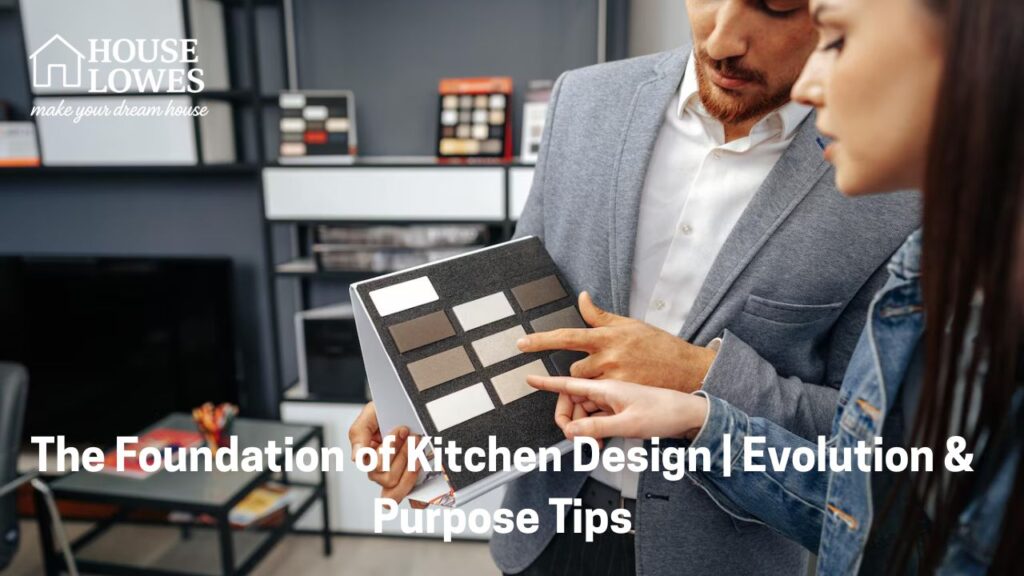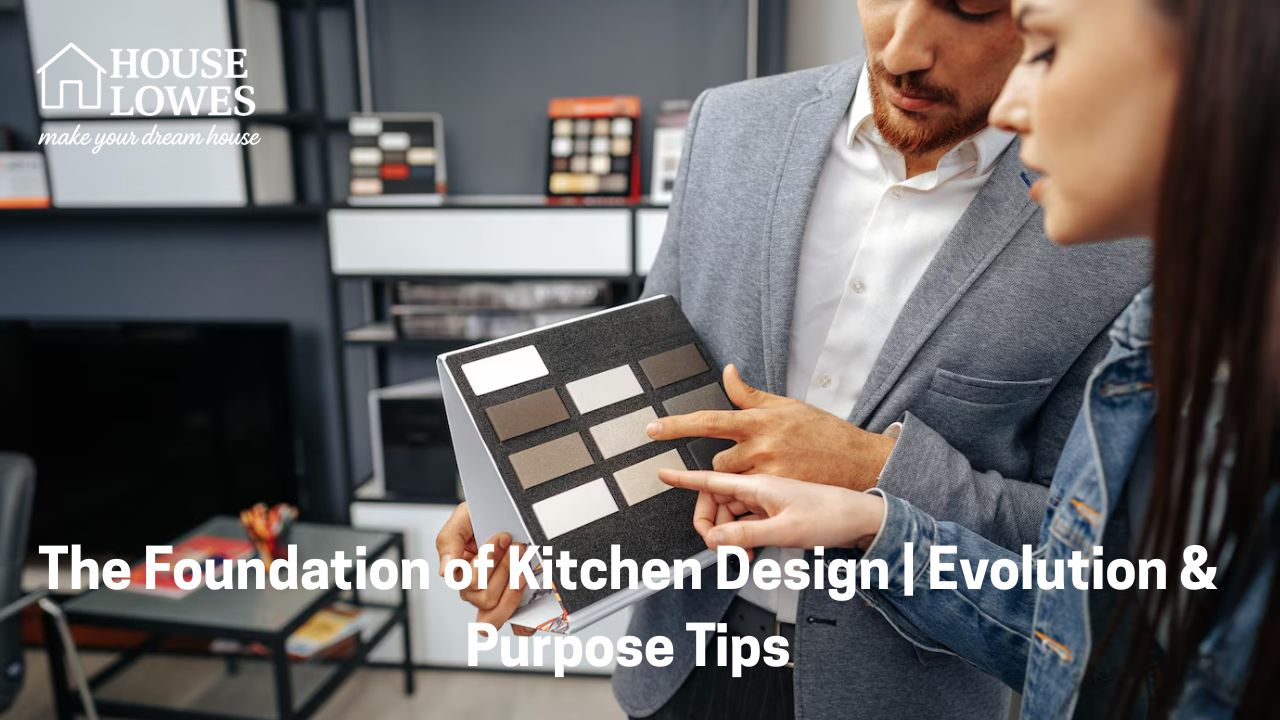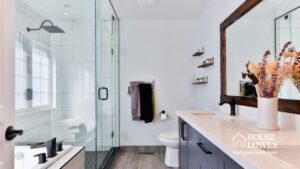Hey there! Did you know your kitchen is much more than just a place to whip up pancakes or store your snacks? It’s where family gathers, laughs are shared, and memories are made over meals. Designing a kitchen that fits your needs and feels like you starts with understanding how kitchen spaces have evolved and figuring out what your own kitchen’s purpose truly is. It might sound like a lot, but don’t worry—I’ve got you covered!

The Evolution of Kitchen Spaces
Ever wonder how kitchens became the cozy, functional spaces they are today? Well, it’s been quite the journey, and I’m taking you on a quick (but exciting) trip back in time. Trust me, understanding where kitchens have been can help you design one that feels perfect for you.
Where It All Began
Long ago, kitchens weren’t the heart of the home like they are now. Picture this: smoke-filled corners tucked away from living spaces because of open fires. That’s how most kitchens worked in the Middle Ages. They were strictly functional and far from the warm, inviting spaces we know today.
Fast-forward a few centuries, and the Industrial Revolution changed everything. Gas stoves were invented, which means no more large open flames. Electricity made its way into homes too, bringing appliances like refrigerators. Suddenly, kitchens weren’t just about necessity; they started to feel modern, practical, and easier to use.
The Work Triangle’s Big Debut
Here’s a fun fact: One of the biggest breakthroughs in kitchen design happened in the 1920s and 30s with the “Frankfurt Kitchen.” What’s that? It was a small, highly efficient layout designed for ultimate time-saving. Here’s where the kitchen work triangle idea came in. It focused on keeping the sink, stove, and fridge within close, easy reach. That made cooking faster and less tiring!
This concept is still used today—though it has evolved to suit open kitchens and large islands. But more on those later.
Kitchens Become Part of the Family
By the 1950s, something magical happened. Walls started coming down (literally), and open-plan kitchens were born. This meant families could gather and chat while cooking, and hosting guests became more fun because, finally, kitchens were part of the home. This shift turned cooking into a social activity, marking the dawn of the kitchen as we see it today.
And now? Your kitchen can be anything you want it to be. It can scream minimalism with clean lines and handle-less cabinets or showcase farmhouse charm with warm wood finishes and open shelves. Thanks to technology, your kitchen can even be smart enough to brew your coffee before you wake up. Pretty cool, huh?
What History Teaches Us
If history has taught us anything about kitchens, it’s this: they are adaptable. The best kitchens mix functionality with personality. Whether you’re designing for a modern apartment or a large family home, the evolution of kitchens shows us there’s no one-size-fits-all approach.
Defining Your Kitchen’s Purpose
Alright, now that we’ve taken a fun little history lesson, it’s time to get personal. Every kitchen serves a unique role, and figuring out your kitchen’s purpose is the first (and most important!) step toward creating a space you’ll love.
Step 1: Be Honest About What You Need
Here’s the thing—not everyone uses their kitchen the same way. Some people love hosting big family dinners, while others see their kitchen as more of a coffee-brewing or sandwich-making spot. Which one are you?
Think about your day-to-day life. Do you cook elaborate meals? Bake cookies every weekend? Or maybe you just need a comfortable space where the kids can do homework while you prep dinner. Write down your “must-haves.” For example, a small kitchen might call for smart storage solutions, while someone who loves cooking might need extra counter space or professional-grade appliances.
Quick Example:
Emma, a busy mom of three, needed her kitchen to be kid-friendly and organized. Her solution? She added pull-out shelves for snacks, a second dishwasher (game-changer, right?), and a cozy breakfast nook where her kids could sit while she cooked.
Step 2: Marry Function with Beauty
Once you know how you want to use the space, it’s time to make it look good too! This is where function meets style. Love the sleek look of modern quartz countertops? Go for it, but make sure they’re scratch-resistant if you’ve got little ones running around. Dreaming of a minimalist kitchen? Consider hidden storage to avoid clutter.
Tips to Balance Form and Function:
- Storage: You can’t go wrong with cabinets that maximize vertical space (hello, tall ceilings!).
- Lighting: Blend task lights for cooking with warm, cozy lights for family dinners.
- Durability: Always pick materials that match your lifestyle. For example, a busy kitchen benefits from hardy surfaces like stainless steel countertops.
Step 3: Think Ahead
Now, a tip for the future! Kitchens grow with your needs. Even if you’re living alone now, think of what you might need a few years from now. Planning to sell your home someday? Timeless features like subway tiles and energy-efficient appliances hold their value well.
If you’re big on tech, consider a smart appliance ecosystem. Whether you’re asking your fridge to create a shopping list or turning on your oven with your phone, smart kitchens can adapt to your changing lifestyle.
Step 4: Add Heart and Personality
Here’s my favorite part of kitchen design. Sure, your kitchen needs to be practical, but don’t forget to make it yours. Adding personal touches like a chalkboard wall, colorful backsplash, or open shelving filled with family heirlooms can make your kitchen a space you truly adore. Even small details like cabinet handles or a funky light fixture can give your kitchen serious personality.
Real Talk:
Want a quick way to feel connected to your kitchen? Incorporate family traditions, like hanging your grandma’s recipe cards or using a handmade wooden bowl passed down through generations.
FAQs about Kitchen Design
Q1. What’s the secret to a functional kitchen?
A1. It’s all about the layout! Stick to the work triangle rule by placing your stove, sink, and fridge within easy reach but not too close. Also, smart storage solutions can make a world of difference.
Q2. How do I make a small kitchen feel bigger?
A2. Use light colors for walls and cabinets, add under-cabinet lighting, and choose reflective surfaces like stainless steel or glass backsplashes. Open shelving can also help create an illusion of space!
Q3. Can I have a stylish kitchen without spending a fortune?
A3. Absolutely! Focus on affordable upgrades like swapping cabinet handles, painting cabinets, or adding peel-and-stick backsplash tiles. These little changes pack a big punch.
Q4. Should I make my kitchen smart?
A4. That depends! If you love tech and want to save time and energy, investing in smart appliances like touchless faucets or app-controlled ovens could be worth it.
Wrapping It Up
Kitchens have come a long way, and now it’s your turn to define what kind of space you want yours to be. Whether you’re dreaming of a cozy, rustic setup or a sleek, tech-filled haven, remember that your kitchen should work for you. Take time to reflect on what you need and what makes you happy, then bring it all together for a space that’s practical, stylish, and full of heart.
The next step? We’ll talk about the must-have components that make every kitchen run like a dream. Stick around!







